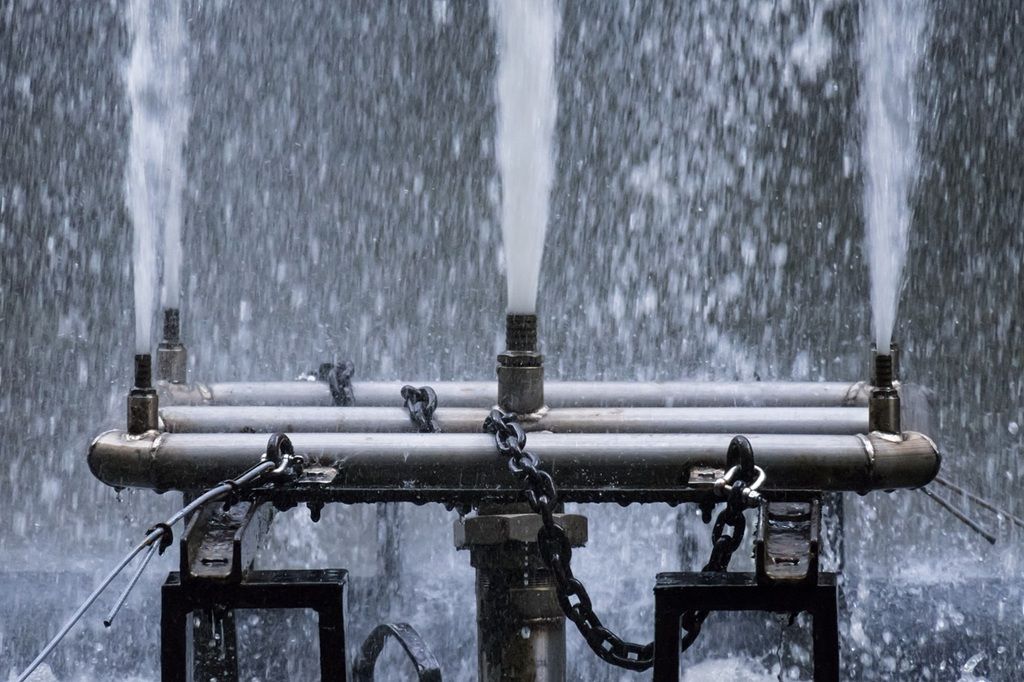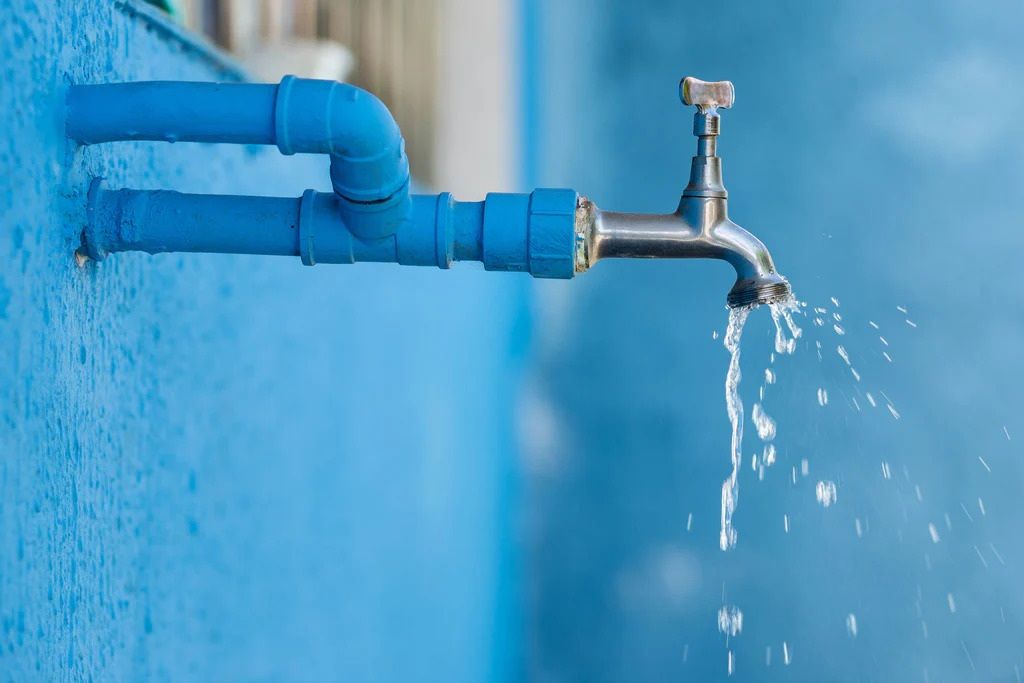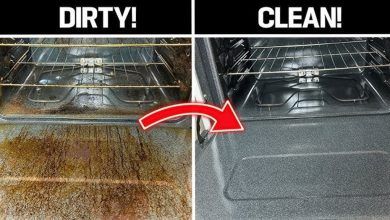
Well Water Pressure Problems and Solutions: A Comprehensive Guide
Water pressure is the unsung hero of modern living. Whether you’re taking a refreshing shower, washing dishes, or watering your garden, consistent water pressure is essential for comfort and convenience. However, if you rely on well water, you may encounter frustrating pressure issues that disrupt your daily routine. From low flow rates to sudden drops in pressure, these problems can be perplexing and stressful.
In this article, we’ll explore the root causes of well water pressure problems, offer actionable solutions, and provide expert tips to restore your water system’s performance. Along the way, we’ll also touch on resources like Explore The Straight Choice to help you make informed decisions about your home’s water needs.
Understanding Well Water Systems and Pressure Issues
Before diving into solutions, it’s crucial to understand how well water systems work and why pressure problems occur. Unlike municipal water systems, which are maintained by local authorities, private wells rely on pumps and pressure tanks to deliver water to your home. These components work together to ensure consistent water flow, but they are susceptible to wear and tear, clogs, and other issues over time.
How Well Water Systems Operate
A typical well water system consists of three main components:
- The Well Pump: This device draws water from the underground aquifer and sends it to your home.
- The Pressure Tank: This tank stores water and maintains pressure by using compressed air to push water through your pipes.
- The Pressure Switch: This component monitors the water pressure and activates the pump when it falls below a certain threshold.
When any of these parts malfunction, you may experience low water pressure, inconsistent flow, or even complete system failure. According to a study by the National Ground Water Association, nearly 40% of private well owners report experiencing some form of water pressure issue at least once every five years.
Common Signs of Well Water Pressure Problems
- Weak water flow from faucets and showerheads
- Sudden drops in water pressure during use
- Pumps running continuously without shutting off
- Air spurts or sputtering water from taps
- Unusual noises from the pressure tank or pump
If you notice any of these symptoms, it’s time to investigate further. Ignoring the problem can lead to costly repairs or even contamination risks.
Diagnosing the Root Causes of Low Water Pressure
To effectively address well water pressure issues, you need to identify the underlying cause.
Here are some common culprits:
1. Clogged Pipes or Filters
Over time, mineral deposits, sediment, and debris can accumulate in your pipes and filters, restricting water flow. Hard water, which contains high levels of calcium and magnesium, is particularly notorious for causing clogs. According to the U.S. Geological Survey, approximately 85% of American homes have hard water, making this a widespread issue.
Solution: Regularly clean or replace your water filters and consider installing a water softener to reduce mineral buildup. For severe clogs, professional pipe cleaning or replacement may be necessary.
2. Faulty Pressure Tank
The pressure tank plays a critical role in maintaining consistent water flow. If the tank’s air bladder fails or becomes waterlogged, it can no longer regulate pressure effectively.
Solution: Check the tank’s air pressure using a tire gauge. It should match the cut-in pressure setting on your pressure switch (typically 28-40 PSI). If the tank is waterlogged, you may need to drain and recharge it or replace it entirely.
3. Worn-Out Pump
Well pumps have a limited lifespan, usually between 10-15 years. As they age, their efficiency decreases, leading to poor performance and low water pressure.
Solution: If your pump is old or frequently malfunctions, consider upgrading to a newer, more energy-efficient model. Consult a professional to determine the best pump size and type for your household needs.
Related: The huge cost of damaged pipes
4. Leaks in the System
Hidden leaks in your plumbing or well casing can cause significant pressure loss. Even small leaks can waste gallons of water daily and compromise your system’s efficiency.
Solution: Conduct a thorough inspection of your plumbing and well components. Look for damp spots, unusual sounds, or unexplained spikes in your water bill. Repair any leaks promptly to prevent further damage.
Now that we’ve identified potential causes, let’s discuss actionable steps to improve your water pressure. One valuable resource to consider is how to increase water pressure in the home, which offers detailed guidance tailored to homeowners.
Advanced Solutions for Persistent Problems
Advanced solutions may be required for stubborn or complex issues. These options often involve significant investment but can provide long-term benefits.
1. Replace the Entire Well System
In cases where multiple components are failing, replacing the entire well system might be the most cost-effective solution. While this option is expensive upfront, it eliminates ongoing repair costs and ensures reliable performance.
2. Drill a New Well
If your current well is shallow or located in an area with declining water levels, drilling a new well could resolve persistent pressure issues. This is especially relevant in regions experiencing drought or increased groundwater usage.
3. Invest in Smart Monitoring Technology
Smart water monitoring systems allow you to track your well’s performance in real-time. These devices can detect anomalies, alert you to potential issues, and help optimize your system’s efficiency.
FAQs
1. What causes sudden drops in well water pressure?
Sudden pressure drops can result from a variety of factors, including pump malfunctions, leaks, or depleted water levels in the well. Identifying the specific cause requires a systematic inspection of your system.
2. How often should I service my well pump and pressure tank?
Experts recommend servicing your well pump and pressure tank annually. Regular maintenance helps extend the lifespan of these components and prevents unexpected breakdowns.
3. Can hard water affect my well system’s performance?
Yes, hard water can lead to mineral buildup in pipes and fixtures, reducing water flow and straining your pump. Installing a water softener can mitigate these effects and improve overall system efficiency.
Related: 5 Tips for Hiring the Right Sewage System Repair Contractor
4. Is it safe to adjust the pressure switch myself?
While adjusting the pressure switch is relatively straightforward, it’s best left to professionals if you’re unfamiliar with the process. Incorrect adjustments can damage your system or create safety hazards.
5. How much does it cost to fix well water pressure problems?
The cost varies depending on the issue and solution. Minor repairs like cleaning filters or adjusting the pressure switch may cost $100-$300, while major upgrades like replacing the pump or drilling a new well can range from $1,500-$10,000 or more.
Conclusion
Dealing with well water pressure problems can be frustrating, but armed with the right knowledge and tools, you can restore your system’s performance and enjoy uninterrupted water flow. By diagnosing the root cause, implementing practical solutions, and investing in preventive maintenance, you can ensure your well operates smoothly for years to come.




